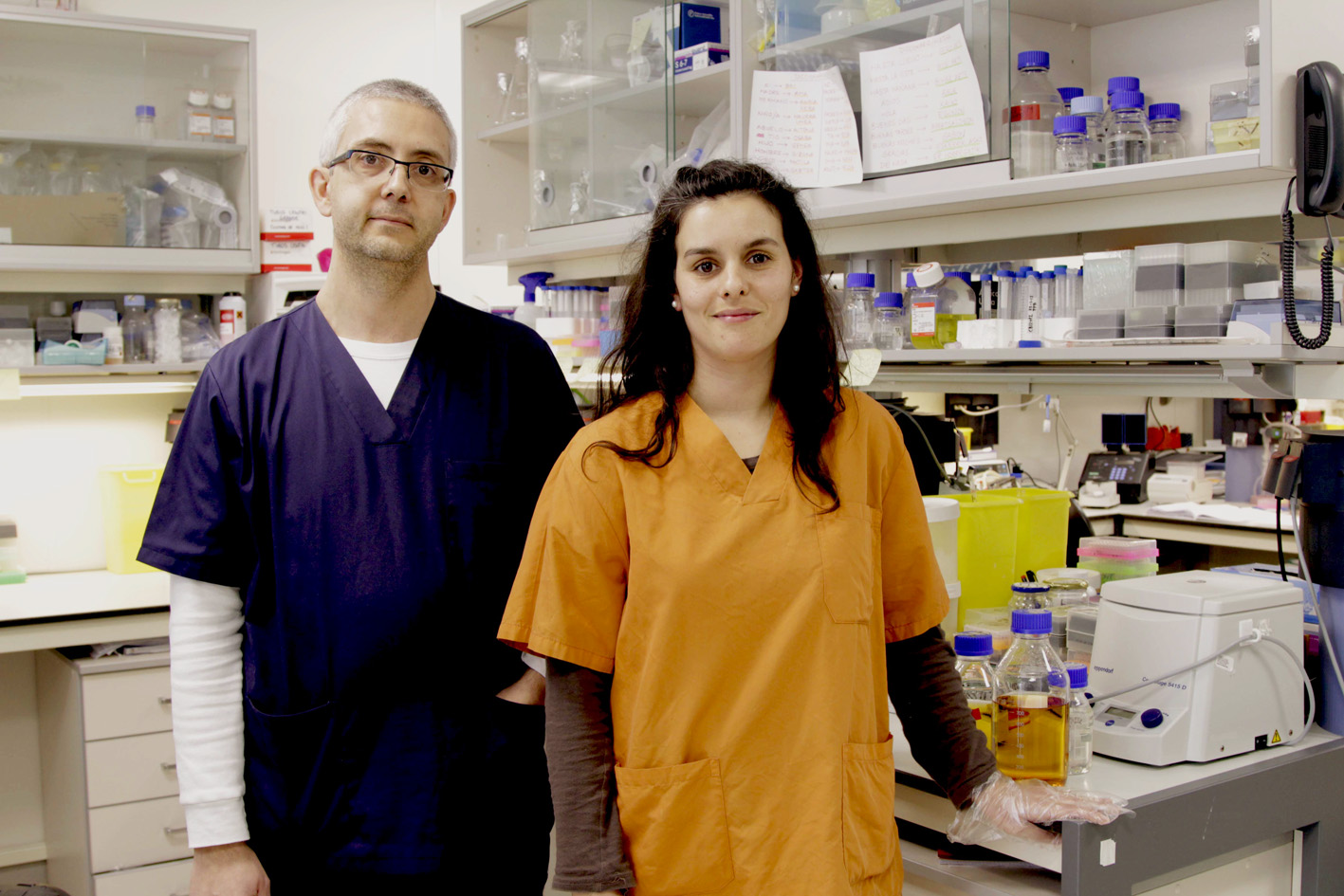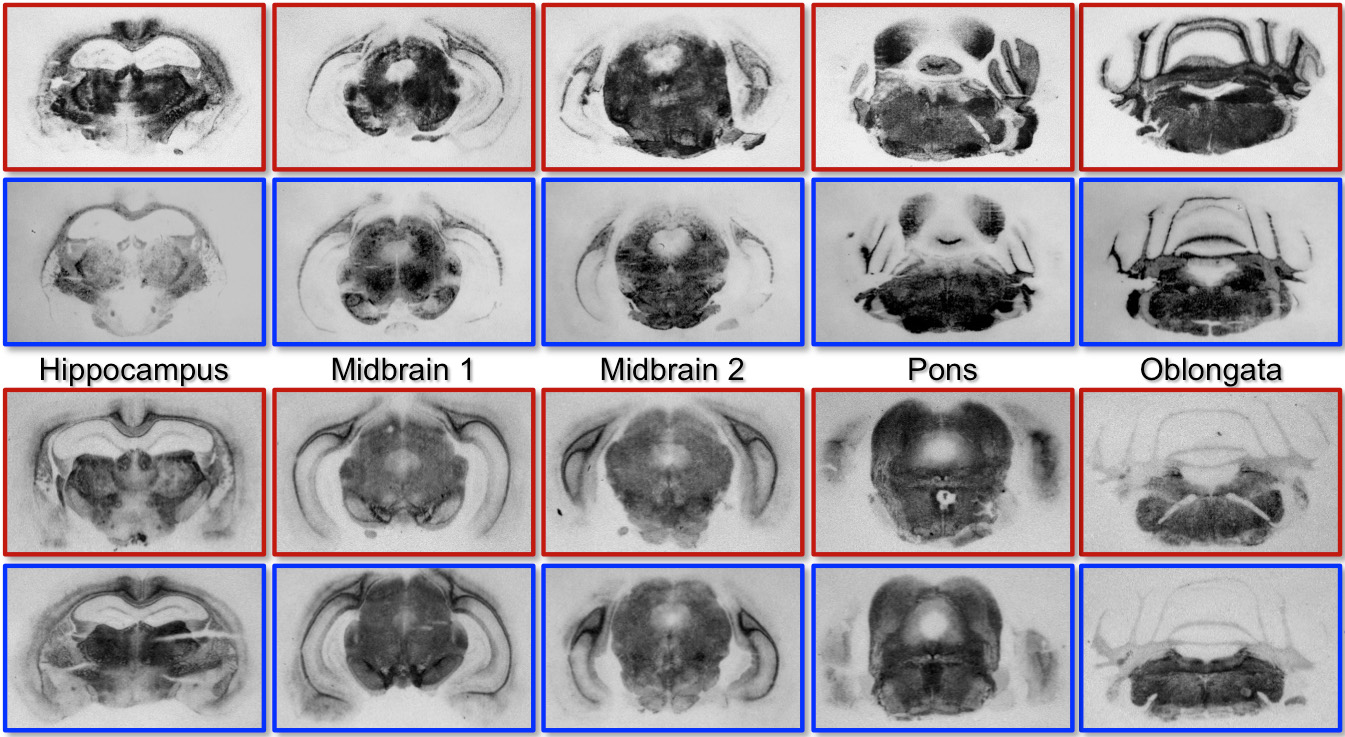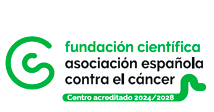
2017/01/17
Discovery of a new mechanism to understand certain interspecies prion transmission barriers
The article describes an alternative replicative process in which certain prion strains fail to adapt to the host
The work uncovers the reasons behind the extremely low susceptibility of horses to prion infection
Joaquín Castilla, research professor in CIC bioGUNE, is co-author of the article published in the scientific journal Proceedings of the National Academy of Sciences USA (PNAS)
(Bilbao, 17 January 2017). A study in which CIC bioGUNE has taken active part has discovered a new mechanism to understand certain interspecies prion transmission barriers. The work may prove key to understanding how prions work and, therefore, in helping to combat these proteinaceous agents which cause transmissible spongiform encephalopathies in mammals, conditions which in turn cause the so-called “mad cow” disease in cattle and human Creuzfeldt Jakob disease.
The research, conducted in joint collaboration by Colorado State University, the University of Kentucky, the Universitat Autònoma de Barcelona (Catalonia, Spain), Creighton University School of Medicine, the Instituto Superiore di Sanità (Rome, Italy) and Kansas State University, also uncovers the reasons behind the extremely low susceptibility of horses to prion infection, a fact which had been postulated given the absence of cases in nature. However, this theory had not been proven prior to the publication of this study.
Prions are infectious misfolded proteins. Interspecies propagation, i.e. entry into a new host and replication within it, requires the presence of a specific protein in the new species. It had previously been believed that each protein, depending on the species, had a particular capacity to select certain structures of the species of origin.
However, this research paper, published in the scientific journal Proceedings of the National Academy of Sciences USA (PNAS) under the title “Prion replication without host adaptation during interspecies transmissions”, describes an alternative replicative process coined by the research group as NAPA – Non-Adaptive Prion Amplification – in which dominant conformers bypass this requirement during particular interspecies transmissions.
As Joaquin Castilla, Ikerbasque research professor in CIC bioGUNE and co-author of the research paper, explains: “It seems that certain particular prion strains bypass species restrictions and initially propagate without prior adaptation to the new species.”
This has been substantiated by studying the susceptibility of horses to prions. To do so, transgenic mice were produced expressing cellular horse prion protein. Disease transmission was seen to occur only in one specific group of transgenic mice (mice genetically modified to model horse susceptibility), indicating a significant conversion barrier. However, the most significant observation is that the resulting prions unexpectedly failed to cause disease upon further passage in horses.
Dr. Castilla explains further: “What is normally seen in a prion species barrier (for example, sheep scrapie transmission to horses) is that only a few inoculated animals initially develop the disease. Nevertheless, the prion resulting from crossing the species barrier adapts to the new species and, in a second passage of inoculation in the same species, the barrier disappears and all individuals of that species become infected. However, in this case, what we have seen is that the prions obtained from the few animals of the new species that died from the disease failed to adapt. Despite being prions from the same species, infection did not occur in the second passage of inoculation, which is quite the opposite of what normally happens in species barriers. Not only have we seen this in the species barrier of sheep scrapie transmission to horses, but also in that of mink and deer.”
In the course of the research, mouse prions were able to propagate in vitro, using a substrate based on the cellular horse prion protein. Surprisingly, the resulting horse prions obtained in vitro failed to cause disease in the mice expressing the cellular horse prion protein but were, conversely, capable of infecting normal mice. As the CIC bioGUNE researcher points out: “The prions retained the properties of the mouse prions initially used for transmission in the horse, but failed to cause disease in horses.”
Low susceptibility of horses to prions
One of the major difficulties which has had to be overcome in the course of the research has been to produce transgenic mice expressing different proteins. Development of these new models has enabled the study to uncover the low susceptibility of horses to most prions.
The research work has taken six years to conduct as prior multiple serial inoculations of prions in mice have been required. This is a complex process which takes time. As Dr. Castilla highlights: “Our research group in CIC bioGUNE is a reference world-wide in in vitro prion amplification”. The CIC bioGUNE group has developed in vitro studies in close collaboration with Dr. Enric Vidal, a researcher from CReSA-IRTA (Centre for Research on Animal Health), who performed all the inoculations in the transgenic mice used to assess prion transmission in horses.
Publication of this study coincides with a new challenge... the first described case a few months ago of prions in cervids (deer, reindeer, bucks, etc.), which has set alarm bells ringing in Europe. Restricted until now to different regions of the United States, Canada and South Korea, chronic degenerative prion disease has now appeared in Europe, where it was recently identified in a dead reindeer in the south of Norway. According to an article published on the website of the Spanish Association for CJD (Creutzfeldt-Jakob Disease), it is as yet unknown if this disease is transmissible to human beings.
About CIC bioGUNE
The Centre for Cooperative Research in Biosciences (CIC bioGUNE), located in the Bizkaia Technology Park, is a biomedical research organisation conducting cutting-edge research at the interface between structural, molecular and cell biology, with a particular focus on the study of the molecular bases of disease, for use in the development of new diagnostic methods and advanced therapies.
See a large version of the first picture

See a large version of the second picture





